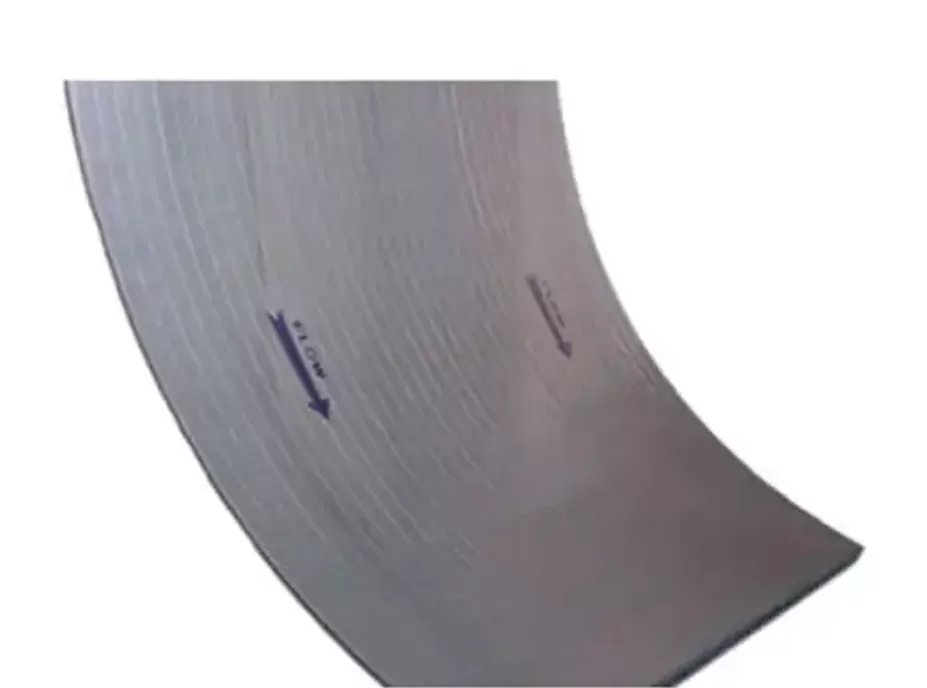
Wedge Wire Screen Bend Screen: Achieve Effective Dewatering and Separation
Wedge Wire Sieve Bend Screen: Curved Static Screen for Solid-Liquid Separation
The wedge wire sieve bend screen is a curved, stainless steel filtration element designed to separate solids from liquids in continuous flow processes.
Constructed from wedge wire (or V-wire) welded onto support rods, the sieve bend screen provides a strong and durable surface that enables effective dewatering and separation. It is ideal for wastewater treatment, mining, food processing, and pulp filtration.
Key Features and Benefits of the Wedge Wire Sieve Bend Screen
1. Efficient Dewatering and Separation
In wastewater treatment, the sieve bend screen utilizes a curved surface to direct liquids through narrow openings while retaining solid particles. This enhances gravity screening and enables effective separation of both fine and coarse materials.
2. Durability and Corrosion Resistance
Manufactured from stainless steel, these screens withstand harsh industrial conditions, making them ideal as industrial sludge dewatering screens and wedge wire screens for mining applications.
3. Low Maintenance and Cost Efficiency
As a static screen with no moving parts, the wedge wire sieve bend minimizes wear and tear. This leads to lower maintenance costs compared to rotary drum screens or vibrating separators.
Versatile Industrial Water Intake and Separation Applications of Sieve Bend Screens
• Mining and Minerals:
Wedge wire screens for the mining industry optimize slurry dewatering and particle classification.
• Wastewater Treatment:
Commonly used in wastewater screening applications to filter suspended solids.
• Food Processing:
Ideal for juice extraction and milk filtration.
• Pulp and Paper Industry:
Used in pulp screening to improve fiber recovery and reduce water consumption.
Choosing the Right Wedge Wire Sieve Bend Screen
When selecting a wedge wire screen, consider factors such as slot size, material compatibility, screen width, and flow rate. Stainless steel options ensure durability, while various slot sizes allow for customization to specific applications. Ensuring the correct specifications maximizes efficiency and longevity in industrial operations.